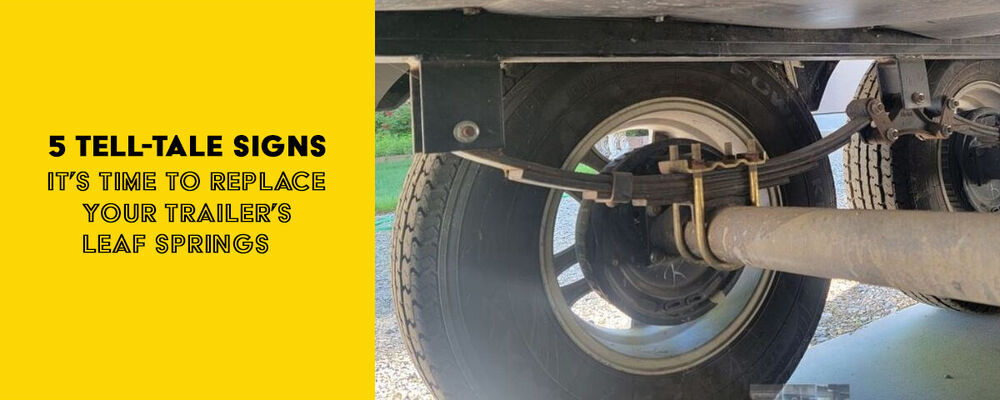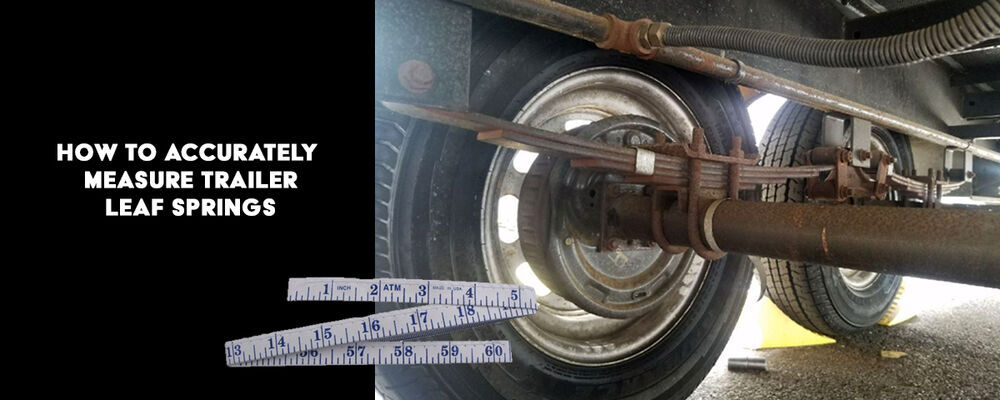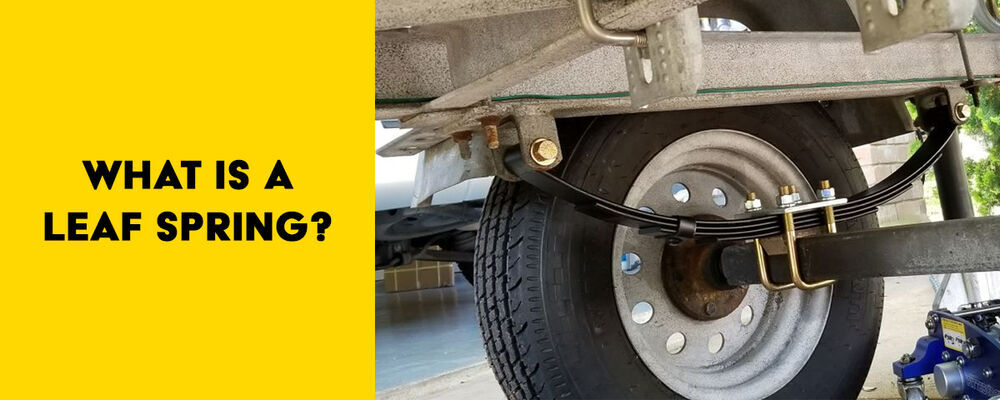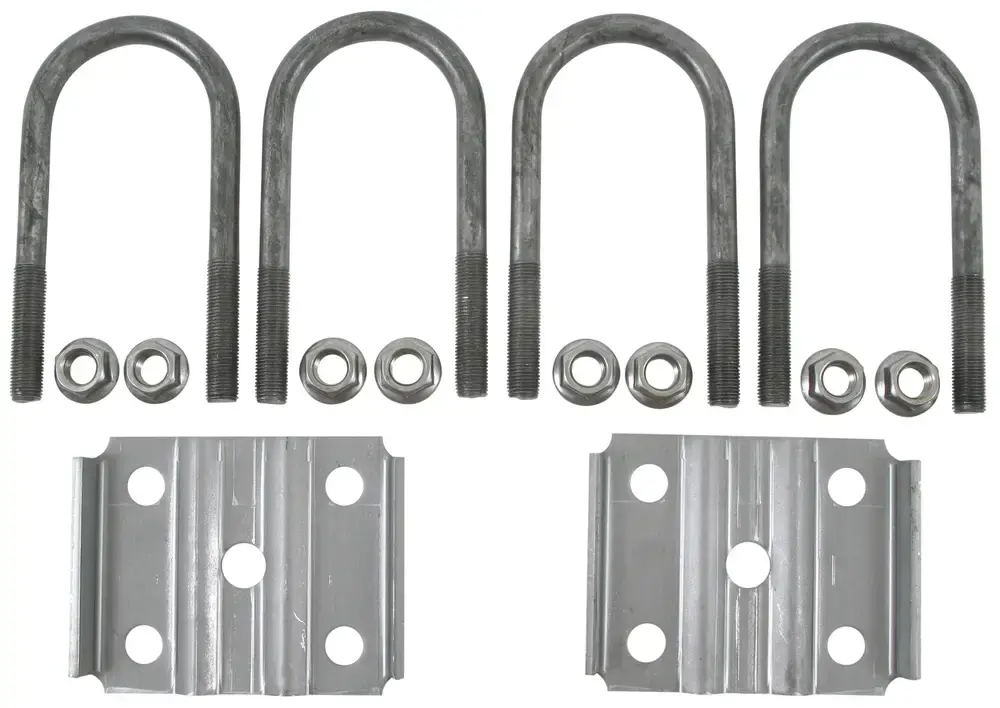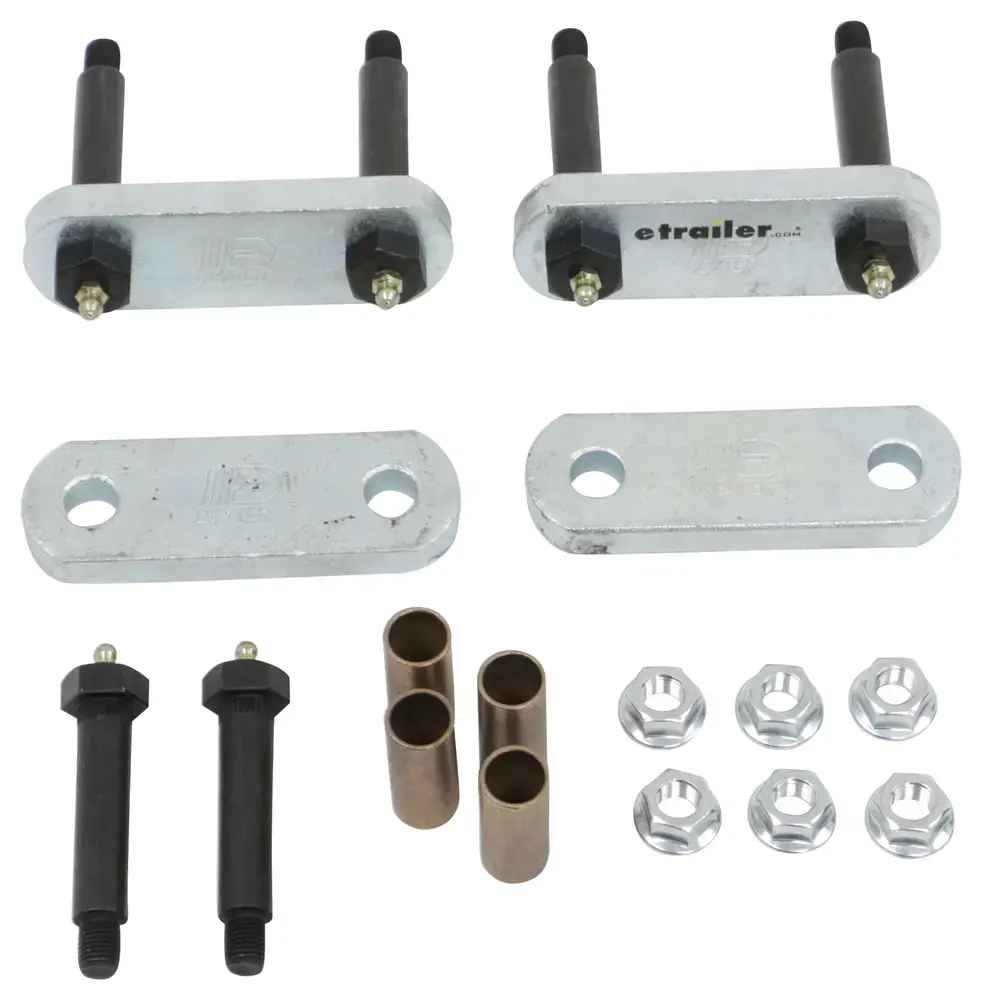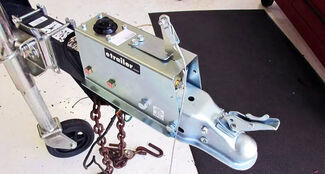
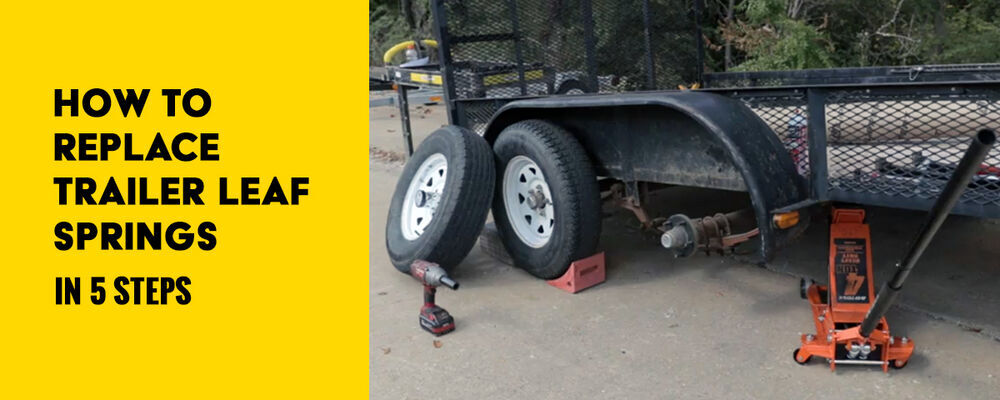
how to replace trailer leaf springs in 5 steps
A torque wrench (up to 150-lb capacity) Floor jack(s) An axle jack Wheel chocks New leaf springs New bolts New U-bolt kit A hammer Rust penetrant Mechanic gloves New U-bolt plates* Drill* Socket adapter*
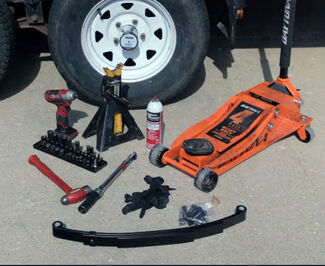
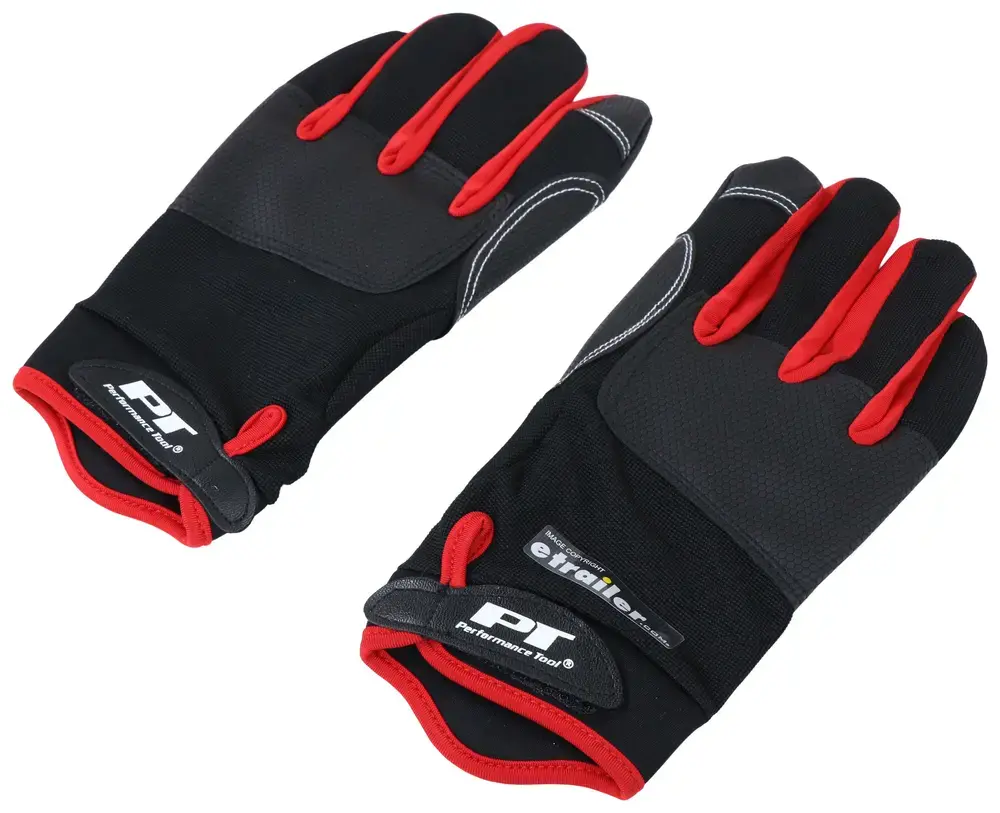
Step 1: Preparing Your Trailer for Surgery
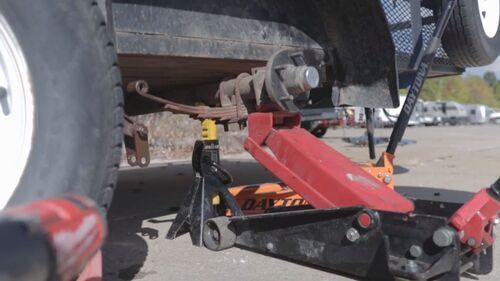
Step 2: Removing Your Tires
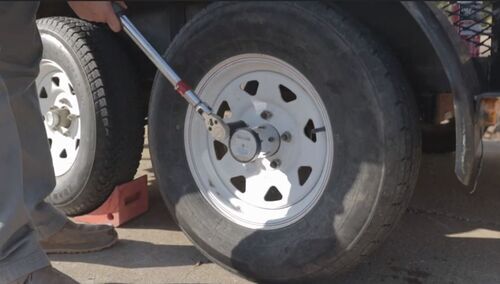
Step 3: Removing the Old Springs
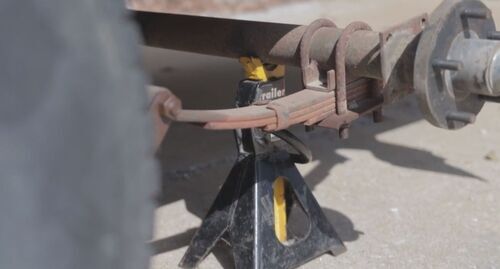
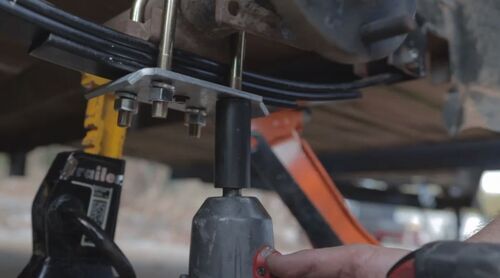
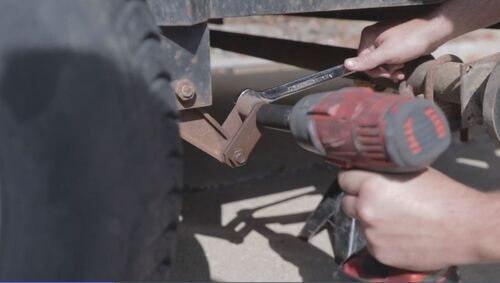
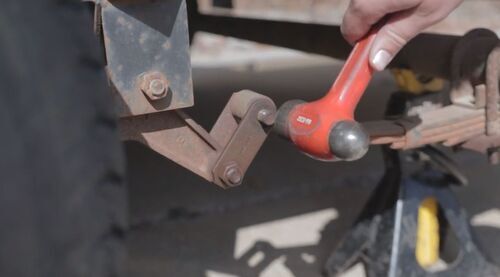
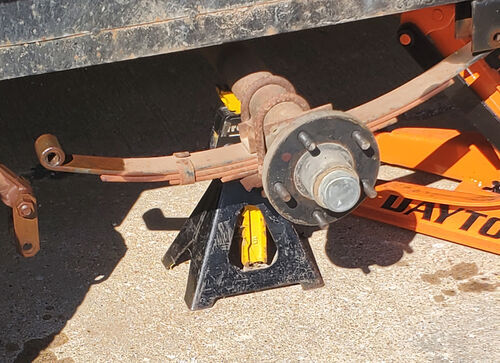
Step 4: Installing the New Springs
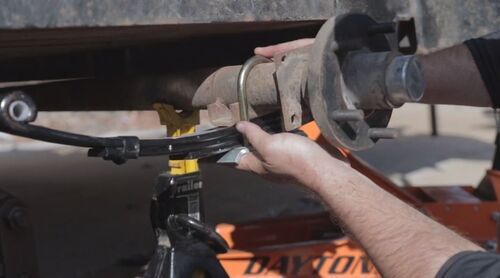
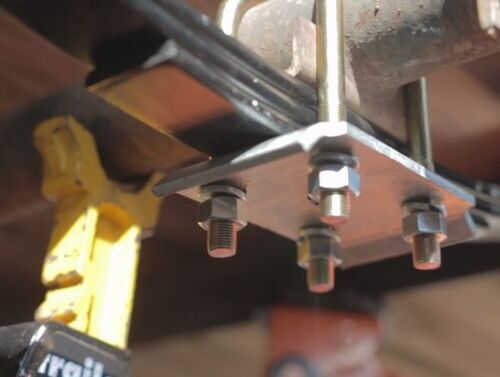
Step 5: Replacing Your Tires
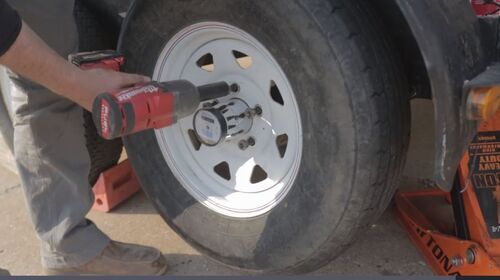

Departments
Towing
- Trailer Hitch
- Fifth Wheel
- Gooseneck
- Towing a Vehicle
- Front Hitch
- RV Hitch
- ATV Hitch
- HD Truck Hitch
- Vehicle Wiring
- Brake Controller
- Ball Mounts
- Weight Distribution
Sports and Recreation
Trailer Parts
- Utility Trailer
- Boat Trailer
- Landscape Trailer
- Enclosed Trailer
- 5th/Camper Trailer
- Car Hauler
- Horse Trailer
Vehicle
Contact & Help

What our customers are saying:
"Nice shopping experience. Good selection and prompt shipment. After I see the products in person, I am sure that I will be back for more. Best, Jim"
Jim
Powell, OH
Popular Vehicles
- Subaru Forester
- Ford F-350 Super Duty
- Ford F-250 Super Duty
- Chevrolet Silverado 1500
- Jeep Wrangler Unlimited
- Jeep Wrangler
- Ram 3500
- Toyota Highlander
- Ram 2500
- Chevrolet Silverado 2500
- Subaru Outback Wagon
- Chevrolet Silverado
- Dodge Ram Pickup
- GMC Sierra 2500
- Ram 1500
- Ford F-250 and F-350 Super Duty
- Jeep Grand Cherokee
- Toyota Tacoma
- GMC Sierra 3500
- Toyota Tundra
- Ford Escape
- More >>


